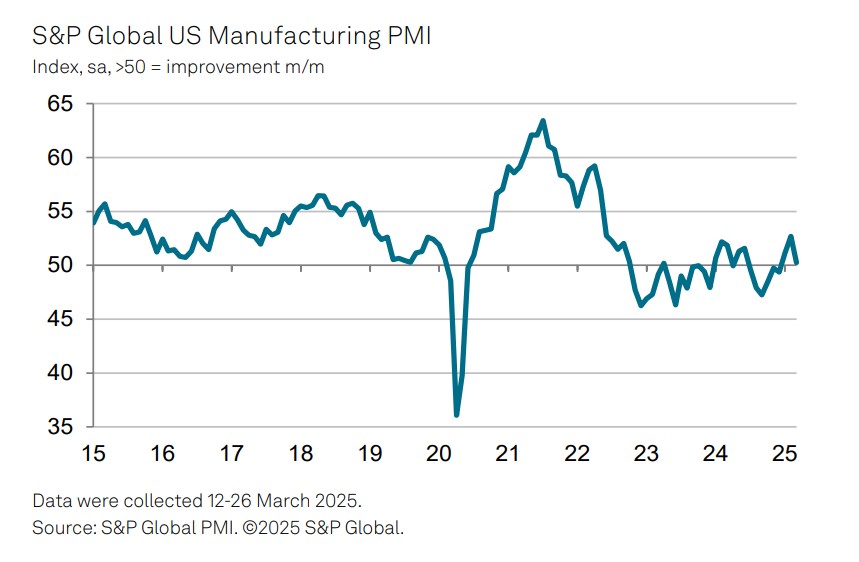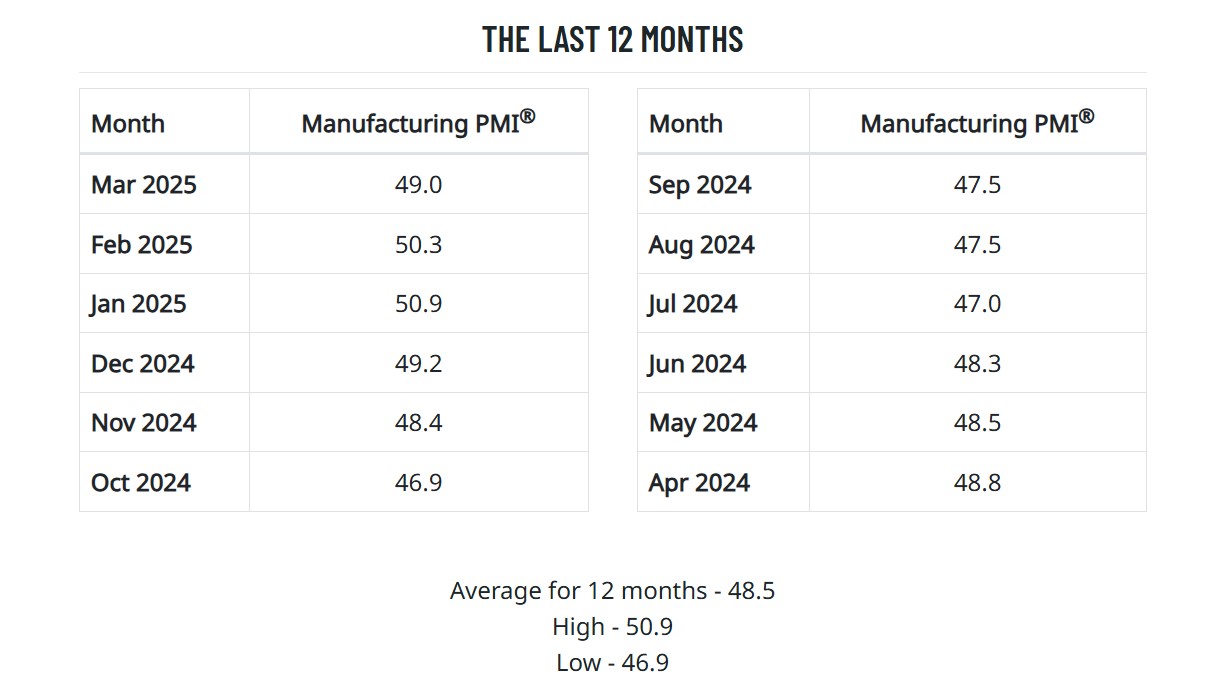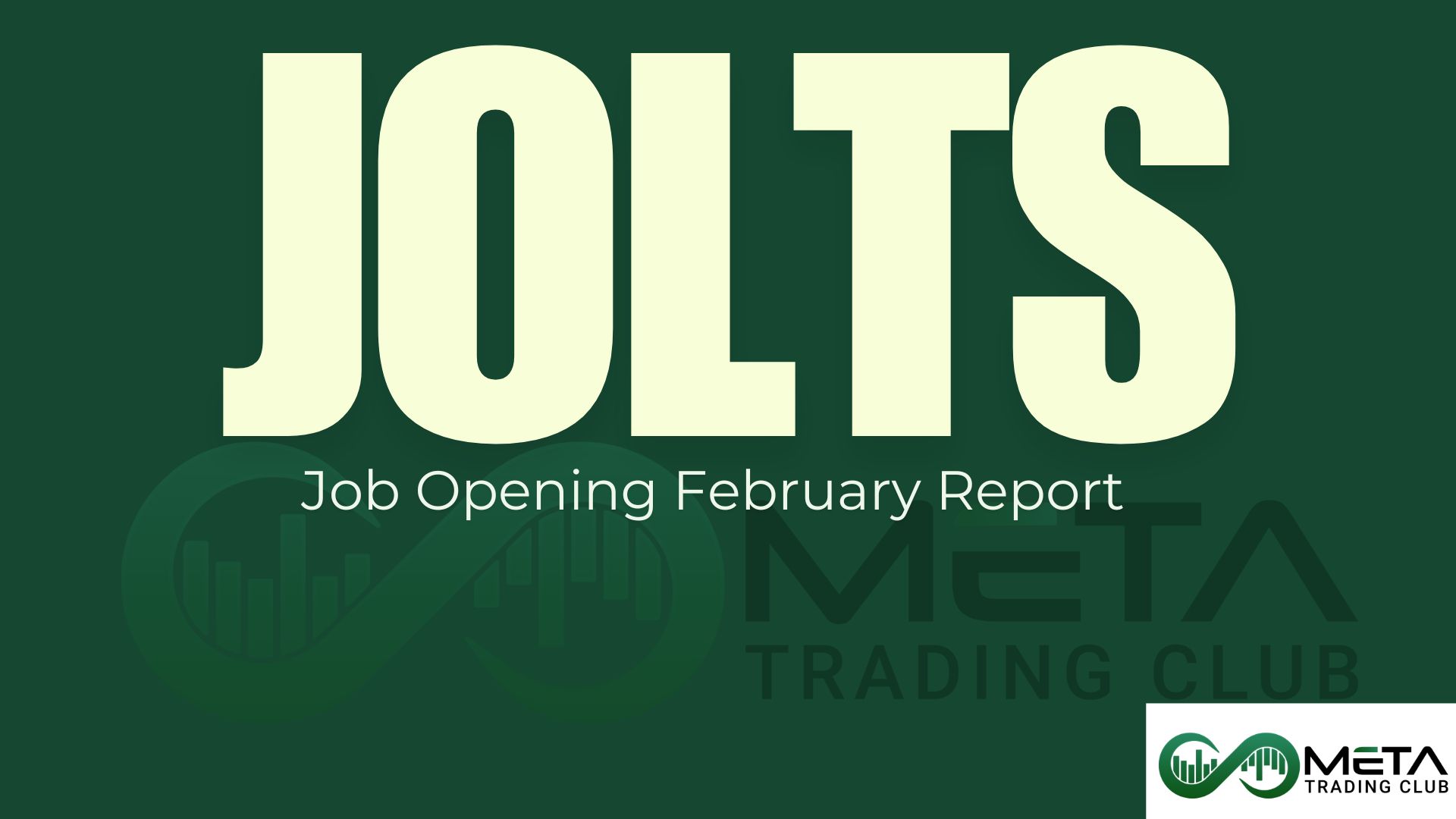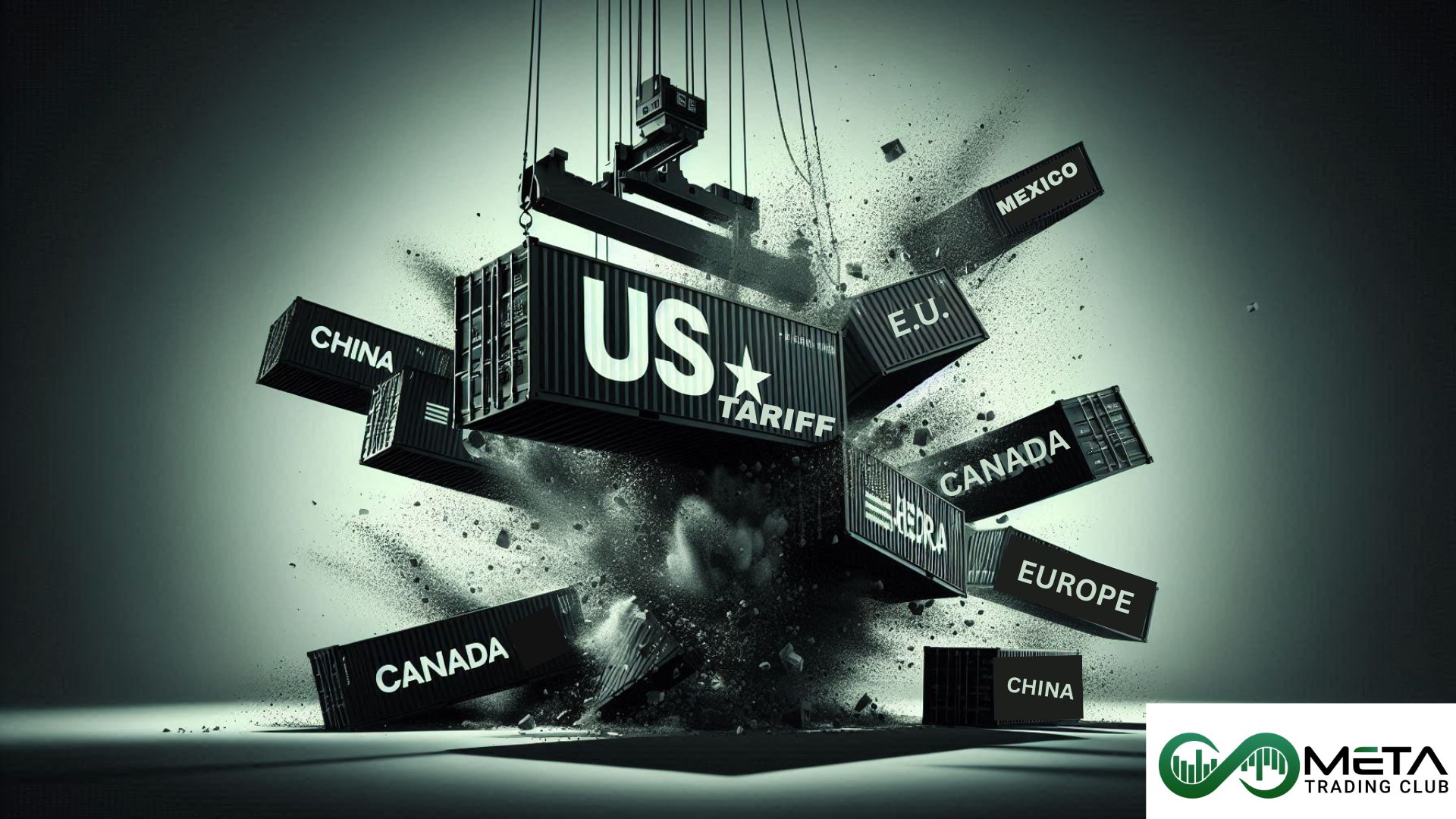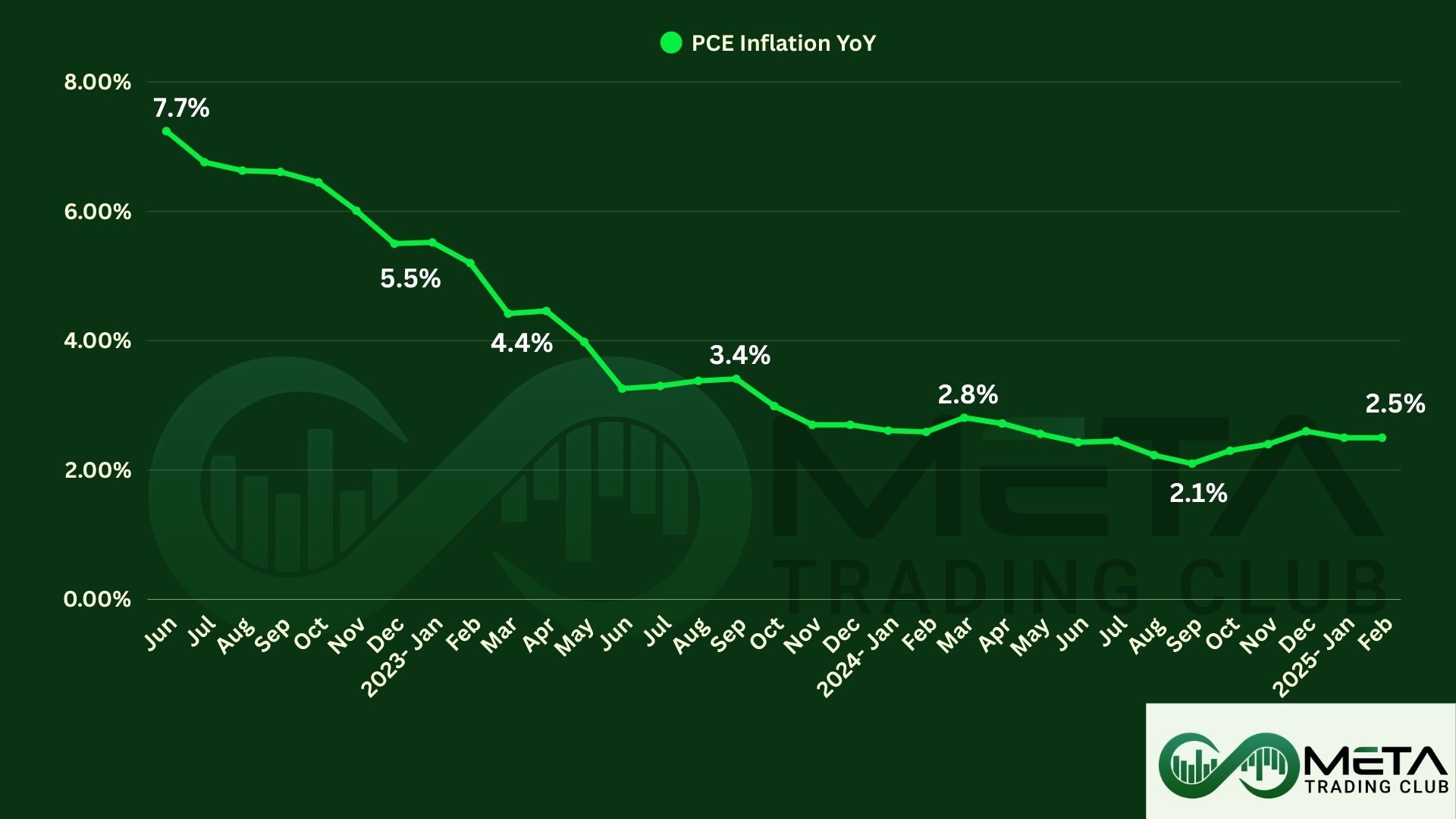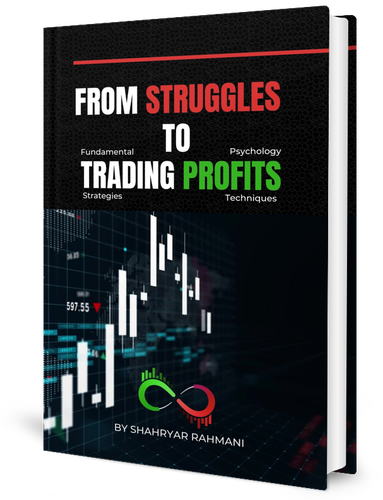The Manufacturing PMI (Purchasing Managers’ Index) is an important economic measure from the Institute for Supply Management (ISM). It shows the health of the manufacturing sector by collecting data from purchasing managers at different manufacturing firms across the U.S. The PMI is a combined index that includes new orders, production, employment, supplier deliveries, and inventories.
The PMI has several important parts that provide insights into the manufacturing sector’s condition. These parts include new orders, which measure the number of new orders manufacturers receive, and production, which looks at the production output rate. Employment assesses changes in job levels within the sector. Supplier deliveries look at the speed of deliveries and any delays, while inventories track changes in stock levels.
Each of these parts is surveyed and weighted to calculate the overall PMI. A PMI above 50 means the manufacturing sector is growing, while a reading below 50 means it is shrinking.
March S&P Global Manufacturing PMI
The U.S. S&P Global manufacturing PMI showed signs of slowing down after strong growth in February. Production declined, mainly due to uncertainty around tariffs and federal policies, leading to weaker demand and slower order book growth.
- Manufacturing PMI fell to 50.2 from 52.7, indicating only a slight improvement in operating conditions.
- Hiring stagnated after four months of job growth, affected by subdued demand and rising costs.
- Input price inflation surged, reaching its highest level since August 2022, mainly due to tariffs impacting material costs.
- Export orders stabilized after months of contraction, with increased demand from Asia, Canada, and Europe.
Despite these challenges, some manufacturers expect future benefits from tariffs, anticipating increased domestic demand and market share. However, overall business confidence softened for a second month amid policy uncertainties.
Source: spglobal
March ISM Manufacturing PMI
Economic activity in the U.S. manufacturing sector declined in March, reversing two months of growth. The latest Manufacturing ISM Report shows that demand, production, and employment all softened while costs surged.
Key Highlights:
- New orders and backlogs contracted, reflecting weaker demand.
- Production and employment declined, as companies adjusted staffing levels due to market uncertainties.
- Prices surged, driven by tariffs and rising material costs.
- Supplier deliveries slowed, indicating continued logistical challenges.
- Raw material inventories increased, while customer inventories remained too low.
- Exports declined, while imports rose, reflecting shifting trade dynamics.
Economic Outlook
Demand and production declined, with manufacturers adjusting operations amid rising costs and trade uncertainties. Tariffs contributed to higher prices, affecting new orders and supplier deliveries. While inventories grew, firms may be stockpiling materials to mitigate future disruptions.
With the manufacturing sector facing economic headwinds, businesses remain cautious. If demand does not stabilize, further contraction could impact employment and investment trends, making policymakers to monitor the situation closely.
Source: ism
Impacts of Report on Stock Market
US manufacturing started the year strong but ran into trouble in March. While businesses hope that government policies will bring long-term benefits, confidence has fallen sharply over the past two months, and companies have stopped hiring. Tariffs are driving up costs, supply chains are slowing down, and uncertainty is causing customers to hold off on spending. March saw the worst factory cost increases and delivery delays since 2022.
March brought challenges for many industries after an optimistic start to 2025. Shortages of key materials, worsened by China’s restrictions, have led to higher costs and limited supplies.
Tariffs are also driving up prices and creating uncertainty, with reduced sales in Canada and Europe due to retaliatory tariffs. Some sectors, like aerospace and defense, face weaker demand, while others saw a temporary rise in orders as customers stocked up before costs increased.
Global economic instability and changes in major economies are raising concerns about whether higher prices will hurt demand in the long run. Future data will show whether the benefits of tariffs outweigh their challenges.
A drop in the PMI in March indicates a shrinking manufacturing sector and economic slowdown, impacting industrial and manufacturing stocks. Businesses are facing uncertainty due to policy changes and rising costs. Despite these challenges, some manufacturers remain optimistic that tariffs will eventually boost domestic demand and market share.
The S&P 500 dropped after the ISM Manufacturing PMI report for March showed a decline to 49, indicating the manufacturing sector is shrinking. This raised concerns about an economic slowdown and uncertainty, leading to lower investor confidence.


